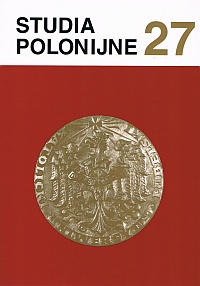Antyreligijna polityka władz radzieckich wobec Kościoła katolickiego − na przykładzie Mohylewa
Main Article Content
Abstrakt
The example of Mohylew in Belarus, at the moment a four hundred thousandth town, an important administrative and industrial town, shows clearly how the Soviet Union fought against the Church. The authorities changed their policy, all the time trying to destroy religion and the Catholic Church. Initially, they employed revolutionary brutal terror. Then they introduced many limitations and sought to act through propaganda (also in the Polish language), hoping to make the believers change their minds. Then again they resorted to methods of brutal terror. The war limited physical elimination of the clergy. There were attempts, however, to disintegrate the milieu by the destruction of institutional forms. All the formal structures were destroyed, and no permission was given to establish a parish, despite petitions sent by the believers. Contrary to the intentions of the authorities, the religious life of the Catholic did not die down. Undoubtedly, religious practices were more difficult, and it was difficult to reach new people with evangelisation. Together with the liberalisation of the religious policy in the Soviet Union, various forms of religious activity were brought to life, both in Mohylew and in the whole country. With time the complete institutional structure was rebuilt, thereby the faithful could satisfy their spiritual needs. A several dozen year period of the policy of atheizing caused a temporal decrease of practices, but religiousness did not disappear. Those steps, however, caused many specific ethno-confessional changes, both in the structure of the local communities and in the Catholic Church. The latter is now losing its distinctly Polish character.

